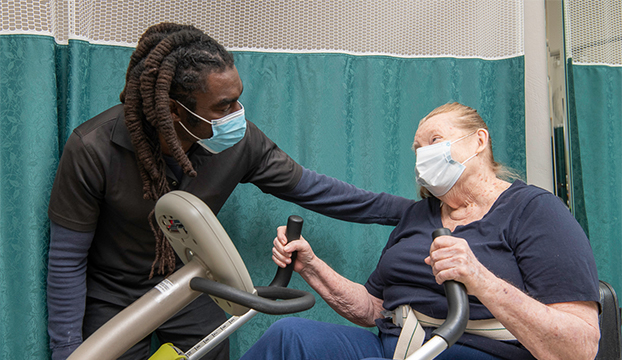Harnessing the Power of Physical Activity to Alleviate Persistent Discomfort and Enhance Standard of Life
Harnessing the Power of Physical Activity to Alleviate Persistent Discomfort and Enhance Standard of Life
Blog Article

Chronic discomfort affects numerous of individuals worldwide and can substantially reduce the quality of living. It can result from multiple conditions, such as arthritis, chronic pain syndrome, or previous traumas. While drugs and therapies are frequently used to manage pain, a expanding body of research indicates that exercise can serve a crucial role in alleviating chronic pain. Participating in regular physical exercise can not only help lower pain levels but also enhance overall health and functionality. Comprehending how exercise impacts the physical state can empower patients to assume control of their pain management.
Physical activity has several bodily benefits that can aid alleviate chronic pain. When individuals participate in exercise activities, their systems produce endorphins, which are innate pain-killers. Additionally, exercise can boost blood flow and strengthen muscles, providing better support for joints. For those with conditions like arthritis, low-impact exercises such as swimming or cycling can help maintain joint flexibility without placing excessive strain on the body. Regular exercise also helps in maintaining a healthy weight, which can reduce the stress on weight-bearing joints and further ease pain.
In addition to its physical benefits, exercise has a positive effect on emotional health. Chronic pain can often lead to emotions of anxiety and depression, which can worsen the perception of pain. Engaging in regular physical activity can help combat these emotions by boosting self-esteem and improving mood. Group exercises, such as yoga or pilates, also provide social interaction, which look these up can enhance emotional support. This combination of physical and emotional health benefits makes exercise an crucial component of a holistic pain relief strategy.
It is crucial to tackle exercise with care, especially for those managing with chronic pain. Starting slowly is crucial to avoid exacerbating symptoms. Individuals should consider consulting healthcare professionals to develop a personalized exercise plan that takes into account their particular issues and constraints. Exercises such as stretching, walking, or gentle yoga can be excellent starting points. Slowly boosting the effort and duration of workouts can help build strength and endurance without inducing undue strain on the system.
In conclusion, harnessing the power of exercise can significantly reduce chronic pain and improve standard of life. Regular physical activity not only helps to reduce pain through the release of endorphins and enhanced muscle strength but also supports mental health. By including exercise into regular routines, patients can empower themselves in managing their pain. A careful and knowledgeable method to exercise, directed by healthcare professionals, can lead to lasting benefits in health and overall standard of life.